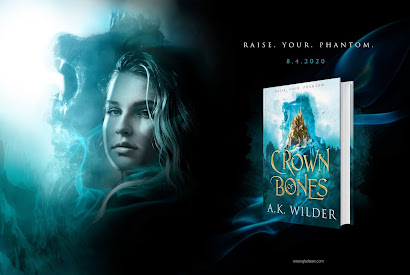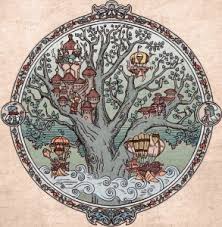Whether we read or write, we all have favorite passages. This is one of mine, from a young adult book I wrote titled,
Fathom. This is that part of the story where the main character, Kira, who has always been quiet and well-behaved begins to get rebellious. She stands up to a girl who has bullied her for years, but then Kira has to face the consequences for her actions. If you like mythical sea creatures—who aren't always well-behaved—and a dark brooding story filled with mystery, clean YA romance, and Celtic legends, then this story is for you!
FATHOM: CHAPTER 15 EXCERPT:
There should be some sort of handbook for what to do when you almost get suspended from school in Crescent Moon Bay. Something like, “The minute you get out of your last class, don’t pass GO and don’t collect two hundred dollars. Just run all the way home and see if you can beat the gossip.”
Because that’s what I had to do. Run. All the way home.
I flew up the driveway, glad when I saw Gram working in the garden—something she rarely does—her gloves covered in dirt and a tall stack of weeds at her side. That meant she had been outside for at least an hour or two. I dashed in the back door and checked the phone for messages.
Two were blinking.
I was trying to catch my breath and it felt like my chest was going to explode.
I turned down the volume on the phone and listened to the messages.
I heard the principal’s voice and automatically hit the DELETE button. A quick glance out the window told me that Gram was still pulling weeds. I listened to the second message—from the school guidance counselor—and erased it too.
The pressure continued to build, but I didn’t have time to think about it.
A poem started to blossom inside me, a thick pool of words pressing against my skin, making me want to grab a pen and let it all out. Metaphors and similes tumbled around inside my head, all in a rugged fast meter where nothing rhymed, the words flowing like river water over my tongue. It was all about danger and missed chances and lips that would never be kissed. But I didn’t have time to stop and write. Instead I spread my books on the kitchen table—usually I do my homework in my bedroom, but today I had to be front and center. I had to be as perfect as all the Paper Dolls. The words settled on the kitchen floor; there they continued rising like a gentle tide as I started dinner. They tickled my ankles, then my hips. By the time Gram came up the steps, they had filled the room and were just about to sweep me out one of the windows.
I couldn’t make sense of them anymore, still they kept coming, words of desire and rebellion. They were about to cover my head.
Then Gram opened the door and they all rushed outside, leaving me behind.
.............
AWARD-WINNING AUTHOR AND ARTIST, Merrie Destefano studied art at Northern Illinois University, met her husband at a kazoo parade, laughs at all jokes, and ugly cries during corny movies. Her books have been published by HarperCollins, Entangled Teen, Walter Foster, and Ruby Slippers Press, and, most likely, she's writing her next book while you're reading this. Born in the Midwest, she now lives in Southern California, where she runs on caffeine, and shares her home with rescue dogs and cats.
Her writing awards include:
• 2010 Mount Hermon Writer of the Year
• 2019 Realm Award for Supernatural/Horror:
Shade: A Re-Imagining of Mary Shelley's Frankenstein.
• 2019 Moonbeam Children’s Book Award, Silver Medal Winner:
Shade: A Re-Imagining of Mary Shelley's Frankenstein.
• 2019 YARWA Athena Award, Second Place: YA/NA Speculative Fiction for
Valiant.
You can visit her
website here. Also,
please follow her on BookBub here to learn about her new releases and to read her book reviews.






















